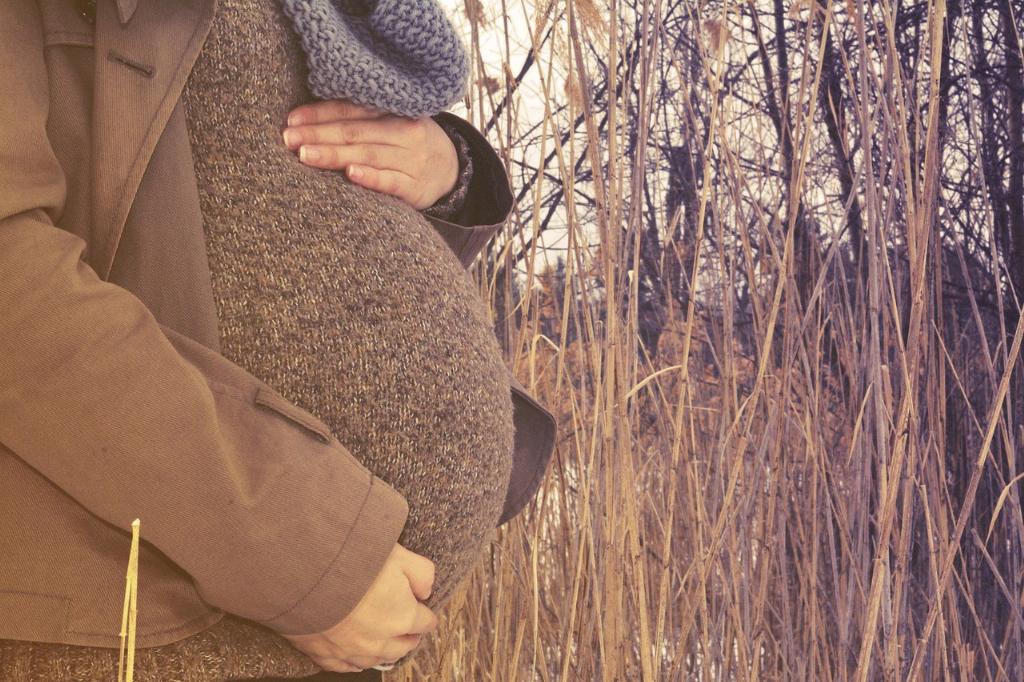During pregnancy, it’s crucial to be mindful of the cleaning products you use around your home. While keeping a clean environment is important, some chemicals commonly found in household cleaners can potentially pose risks to both the expectant mother and the developing baby. It’s essential to know which cleaning agents to steer clear of during this delicate time.
Ammonia and Chlorine
While ammonia and chlorine are common ingredients in many household cleaners, including window and bathroom cleaners, they may not be the safest choice during pregnancy. Though they may not be directly toxic, the strong odor of these chemicals can sometimes trigger nausea and discomfort, especially when heightened senses are common among expectant mothers.
Hazardous Chemicals
On the other hand, there are cleaning products that pregnant individuals should avoid due to their hazardous nature. These include paints, paint thinners, oven cleaners, varnish removers, air fresheners, aerosols, carpet cleaners, and other strong chemical solutions. These substances contain potentially harmful ingredients that could be absorbed through inhalation or skin contact.
Phthalates and VOCs
When selecting cleaning products during pregnancy, it’s important to be cautious of phthalates and volatile organic compounds (VOCs). These chemicals are commonly found in fragranced cleaners and can have adverse effects on hormone levels and respiratory health. Opt for fragrance-free or naturally scented alternatives to minimize exposure to these potentially harmful substances.
Bleach and Disinfectants
While bleach and disinfectants are effective at killing germs and bacteria, they should be used sparingly and with caution during pregnancy. The strong fumes from these products can be irritating to the respiratory system and may trigger asthma or allergy symptoms. Ensure adequate ventilation when using these cleaners and wear gloves to protect your skin.
Alternative Cleaning Methods
For pregnant individuals looking to avoid harsh chemicals altogether, there are several natural and eco-friendly cleaning alternatives available. Ingredients like vinegar, baking soda, lemon juice, and essential oils can be used to create effective homemade cleaners that are safe for both the expectant mother and the environment.
Safe Cleaning Practices
Regardless of the cleaning products you choose, it’s essential to practice safe cleaning habits during pregnancy. This includes wearing gloves to protect your skin, ensuring proper ventilation in the cleaning area, and taking regular breaks to avoid overexertion. If possible, enlist the help of a partner or family member for heavy cleaning tasks.
Professional Cleaning Services
If you’re unsure about which cleaning products are safe to use during pregnancy or simply want to avoid the hassle altogether, consider hiring a professional cleaning service. Many companies offer eco-friendly cleaning options that are free from harmful chemicals and can provide a thorough cleaning of your home without putting your health at risk.
Consulting Your Healthcare Provider
When in doubt about the safety of a particular cleaning product or method, don’t hesitate to consult your healthcare provider. They can offer personalized advice based on your individual health needs and the specific risks associated with certain chemicals. Your health and the well-being of your baby should always be the top priority.
Conclusion
In conclusion, while maintaining a clean living space is important, it’s crucial to be mindful of the cleaning products you use during pregnancy. By avoiding harsh chemicals, opting for natural alternatives, and practicing safe cleaning habits, you can ensure a healthy environment for both yourself and your baby. When in doubt, always seek guidance from healthcare professionals to make informed decisions about your cleaning routine.

